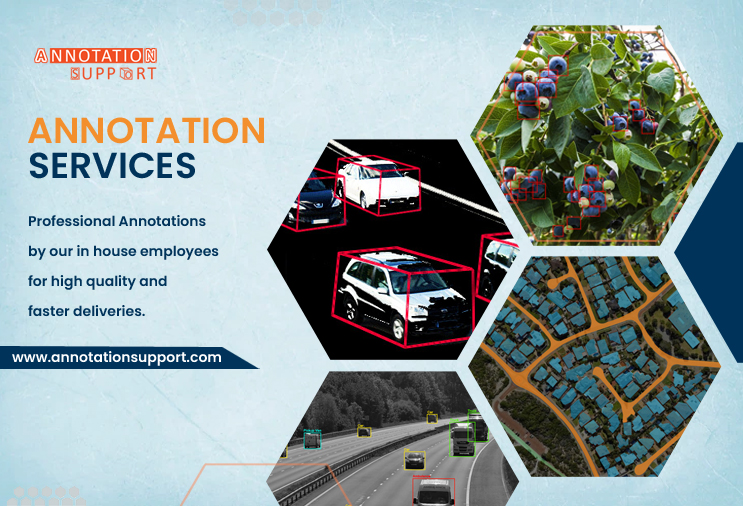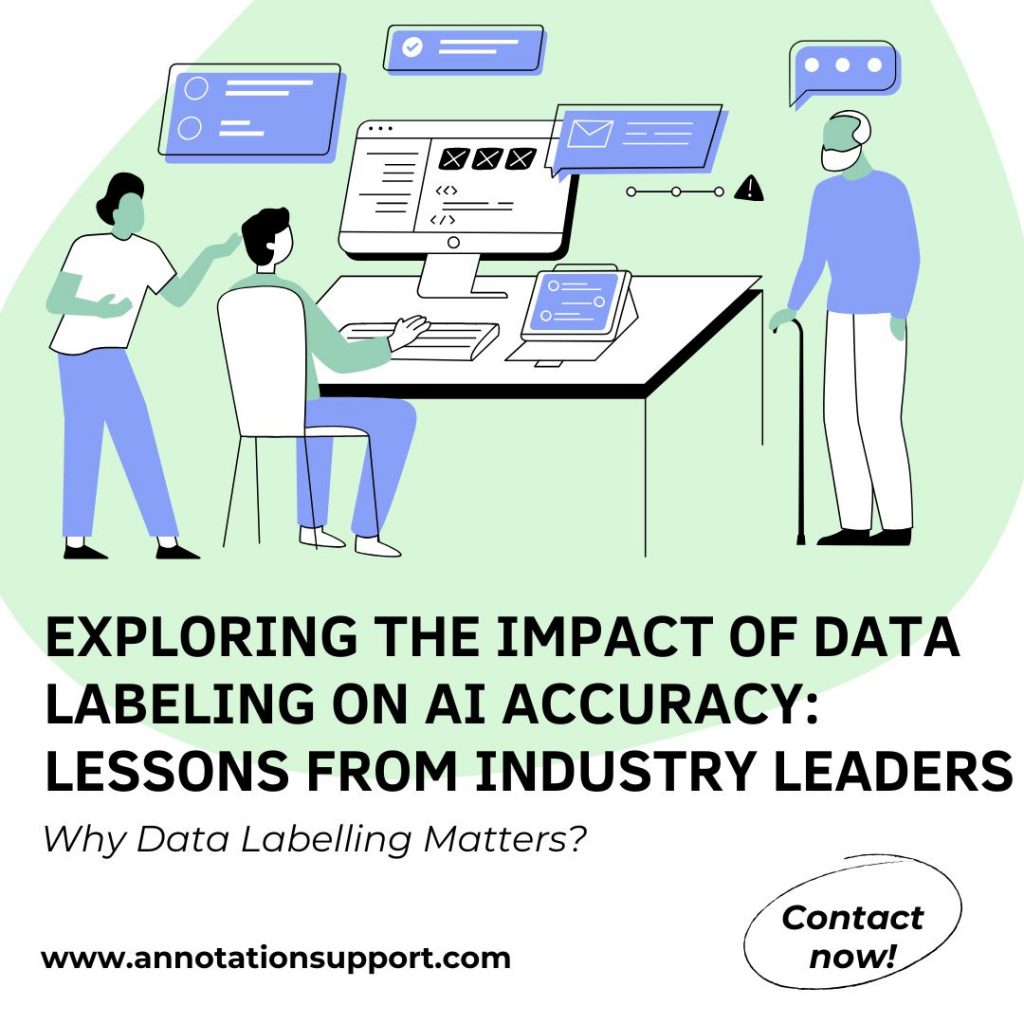Why “Annotation Support” Stands Among the Top Data Annotation Companies Globally?
“Annotation Support” has won a notable place among global data annotation providers by always delivering high-quality, flexible, and adjustable solutions. Let’s look at the reasons it separates itself from the other top companies in the industry. 1. Industry-Specific Expertise “Annotation Support” covers in-depth information in many different industries. As a result, clients can expect data that addresses their industries in particular. 2. Wide Range of Annotation Services From the basic step of rendering as 2D boxes to following the movement of 3D objects, “Annotation Support” handles many types of object detection. The wide range of services attracts clients from all kinds of AI training industries. 3. Quality-Driven Process “Annotation Support” has these features: For models to succeed, accuracy and consistency need to be found in its services. 4. Scalable Workforce and Tools No matter if it is a small startup or a big enterprise, “Annotation Support” can match the needs of any organization. As a result, different projects will benefit from flexibility and lower costs. 5. Secure and Confidential Operations Ensuring security is very important in such projects. “Annotation Support” brings the following benefits: For this reason, our services matter most to companies in healthcare, fintech, and legal tech. 6. Global Clientele and Proven Track Record “Annotation Support” has: Global reach and a strong track record reinforce its credibility. 7. Innovation and Customization It allows data to be labelled with a goal of improving AI in the future. That’s why “Annotation Support” is notable; it gathers domain expertise, looks after technological aspects, tests rigorously for quality, addresses security matters, and delivers results internationally. Because of these strengths, companies prefer to use it when developing dependable, error-free, and expandable AI systems.


